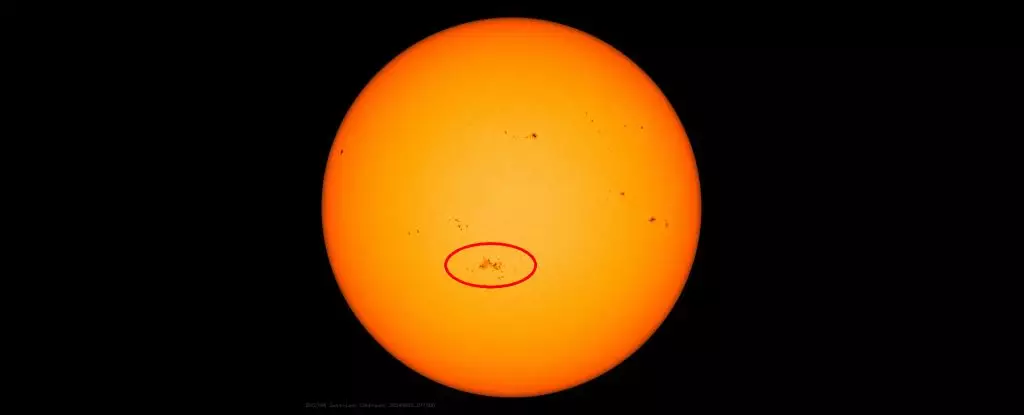The sunspot region responsible for the dazzling auroras that adorned the sky in early May has made a comeback. AR 3664, which was behind multiple X-class flares, including the most intense one of the current solar cycle, had rotated out of view onto the far side of the Sun in the middle of May. However, it reappeared with a bang, now known as AR 3697, on May 27th. Since then, it has continued to be active, unleashing a series of powerful X-class flares along with M-class and C-class flares.
Following its reappearance, AR 3697 erupted with an X 2.8 flare on May 27th. Subsequently, it has emitted four more X-class flares, bringing the total count to five. On May 29th, there was an X1.45 flare, followed by an X1.1 flare on May 31st. Additionally, on June 1st, two flares were produced, an X1.03 and an X1.4. Despite the significant flare activity, there have been no reports of associated coronal mass ejections (CMEs) so far.
Although AR 3697 has been consistently releasing weaker flares, including two M-class flares and 10 C-class flares on June 2nd, the impact on Earth is expected to be minimal. However, the likelihood of more X-class flares remains high, with a 30 percent chance, according to Spaceweatherlive. The sunspot region’s position near the center of the Sun’s disk increases the probability of any eruptions being directed towards Earth. While this does not guarantee CME activity, the chances are heightened, especially considering that we are approaching or entering the peak of the Sun’s 11-year activity cycle.
Although the recent solar flares from AR 3697 may not result in the same level of geomagnetic storms and auroras witnessed in early May, there is a possibility of another sunspot region emerging in the coming months. This could potentially lead to another spectacular display of auroras in the skies. As solar activity continues to fluctuate, it is essential to monitor developments in sunspot regions like AR 3697 to better understand and predict their impact on Earth’s magnetic field.
The return of sunspot AR 3697 has reignited interest in solar activity and its potential effects on our planet. While the recent flares have been impressive, the absence of significant CMEs has limited the impact on Earth. However, with the sunspot region situated favorably for Earth-directed eruptions and the anticipation of more X-class flares, there is still a possibility of heightened auroral activity in the near future. It is important for researchers and skywatchers alike to stay informed and prepared for any celestial light shows that may be in store.


Leave a Reply